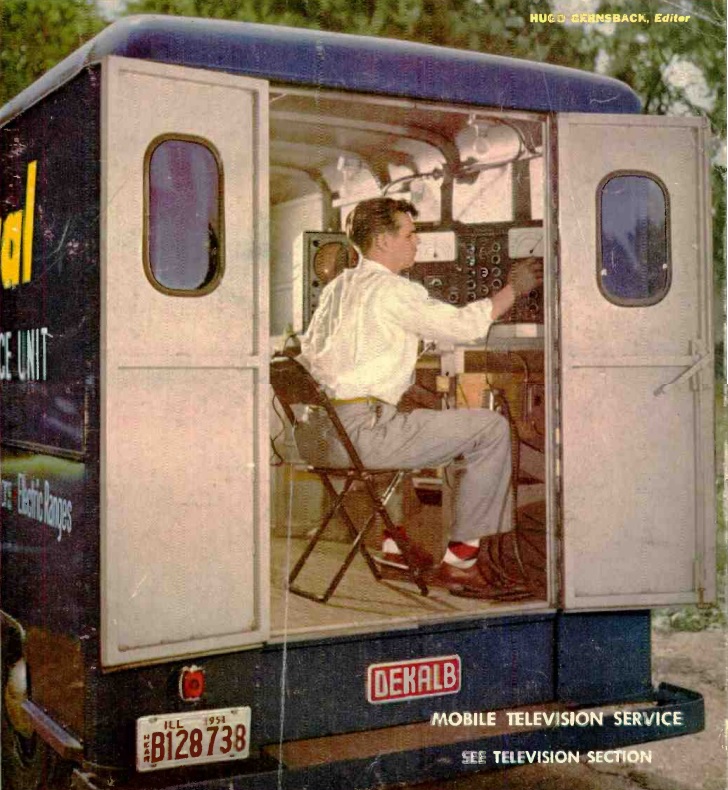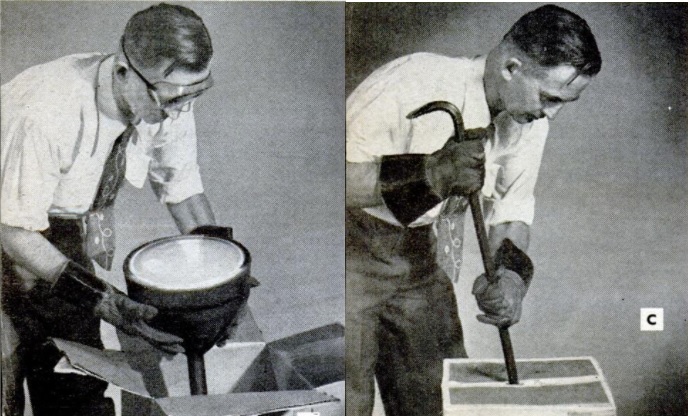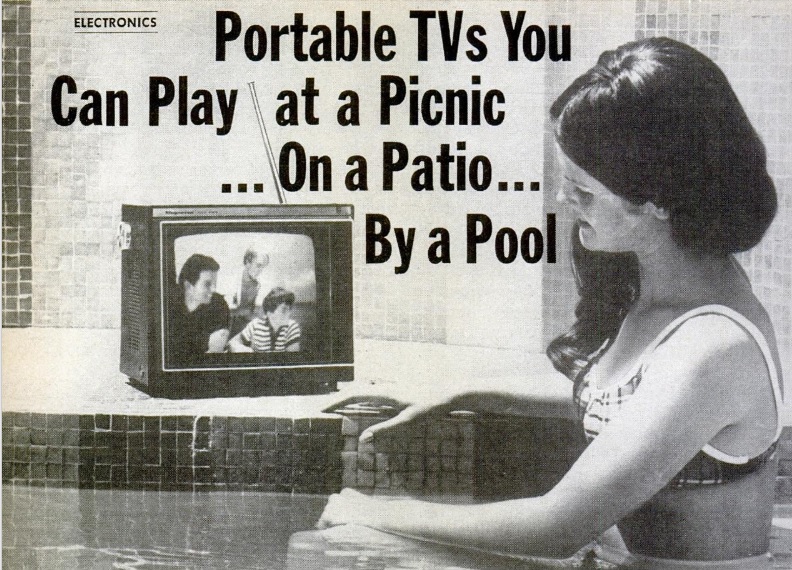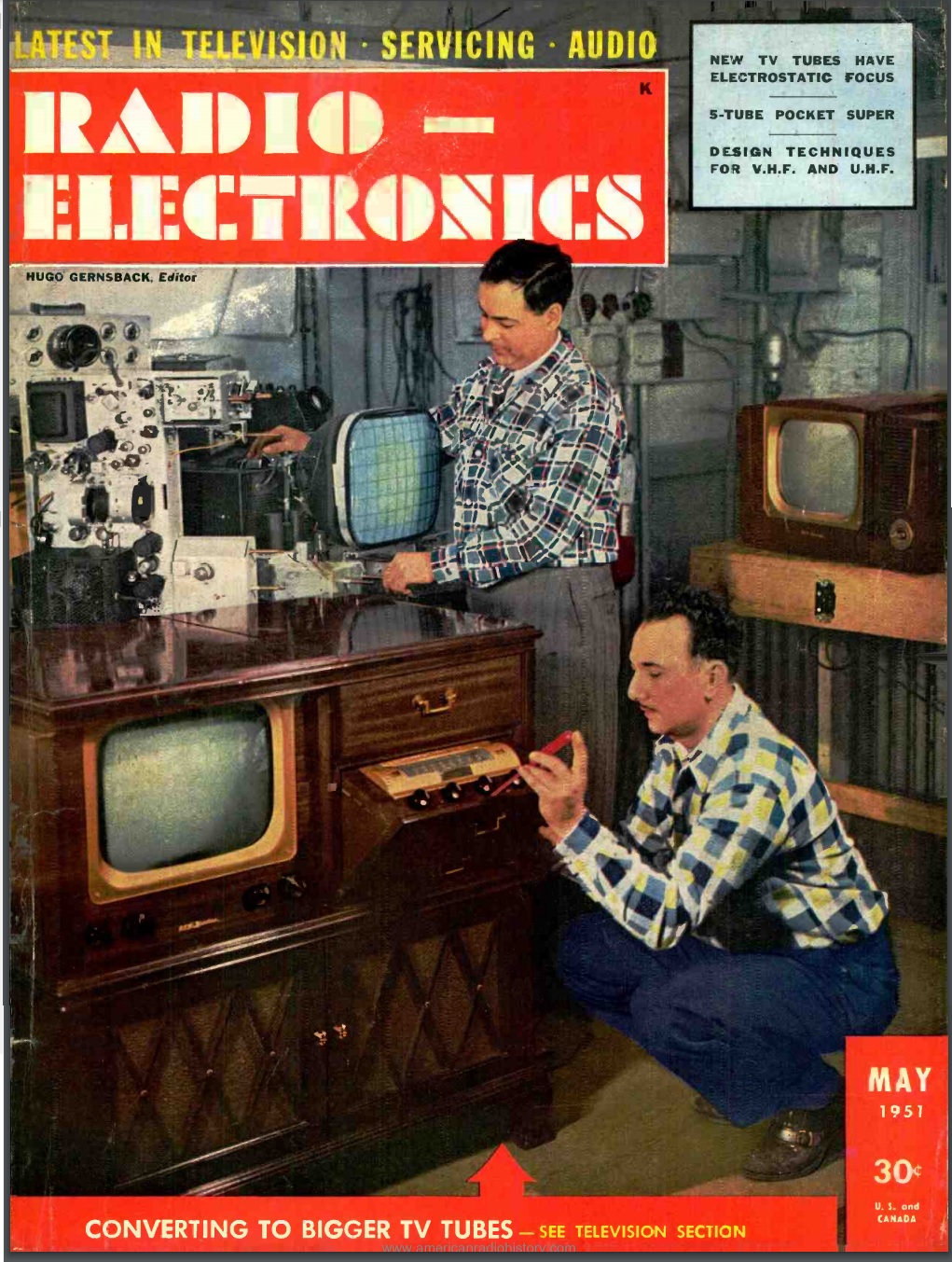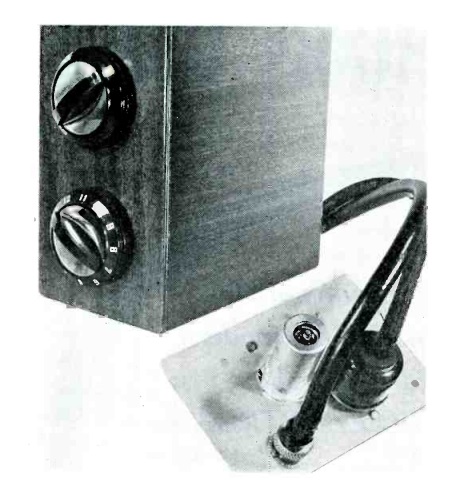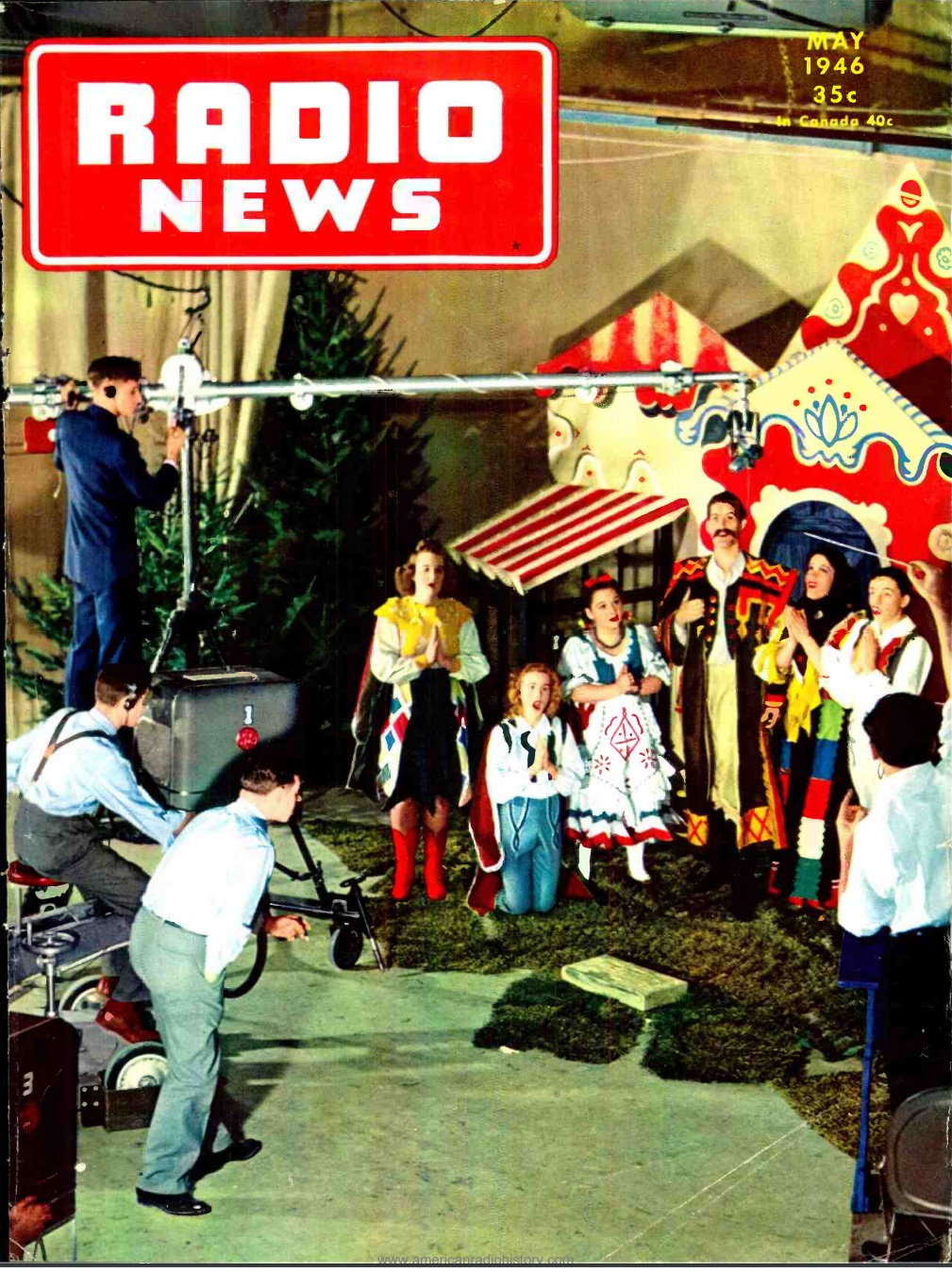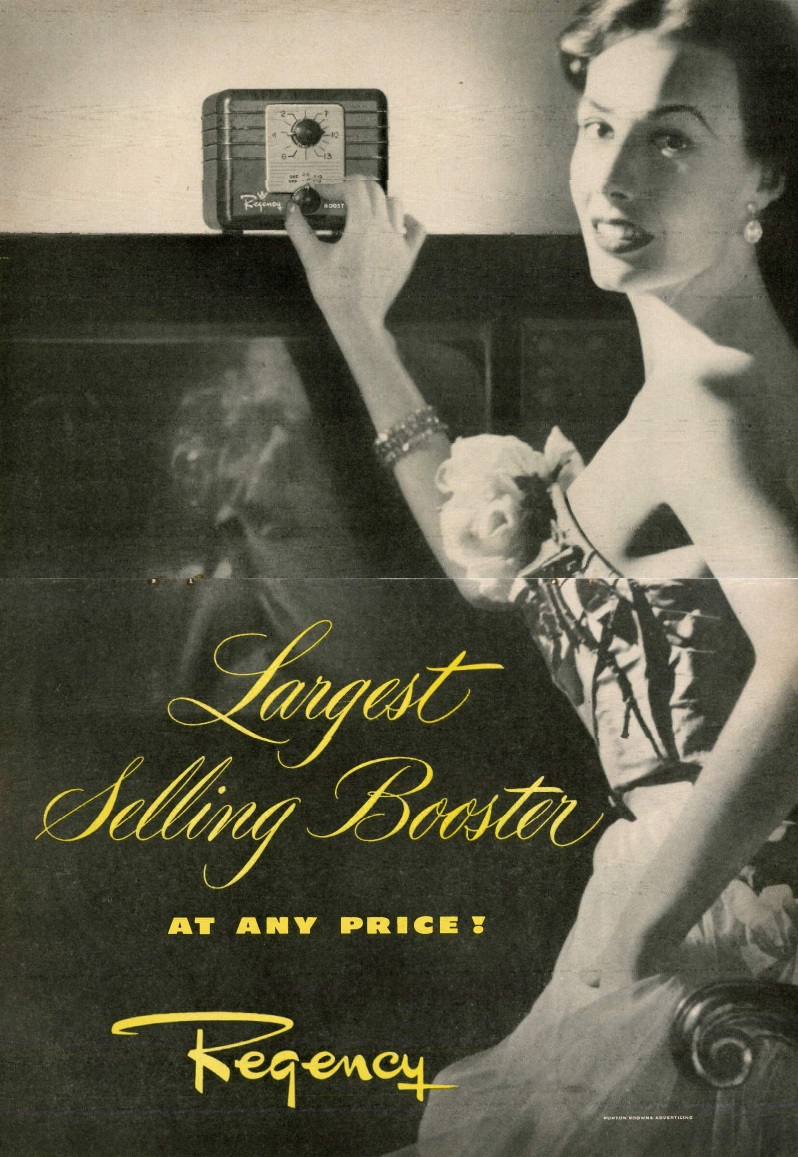 As we’ve seen earlier, distance learning is nothing new, and sixty years ago this month, the November 1961 issue of Radio-Electronics carried a summary of the state of the art. It noted that television, either broadcast or closed-circuit, was the leading method in use at that time. The most famous was the NBC “Continental Classroom” program, which ran from 1958 to 1963, which offered college credit. While not mentioned in the article, a similar program, Sunrise Semester ran from 1957 to 1982.
As we’ve seen earlier, distance learning is nothing new, and sixty years ago this month, the November 1961 issue of Radio-Electronics carried a summary of the state of the art. It noted that television, either broadcast or closed-circuit, was the leading method in use at that time. The most famous was the NBC “Continental Classroom” program, which ran from 1958 to 1963, which offered college credit. While not mentioned in the article, a similar program, Sunrise Semester ran from 1957 to 1982.
And as we’ve previously covered, the article mentioned the Midwest Program on Airborne Television Instruction (MPATI), which broadcast from an airborne transmitter over much of the Midwest.
The most elaborate system in use, what we would call interactive, was that used by the New York Institute of Technology, shown above. The student listened to a recorded lesson, and then answered multiple-choice questions which were reviewed by the instructor. There was an intercom through which the student could ask questions of the instructor, and any visuals were shown to the student on a nearby TV monitor.
The magazine concluded by noting:
The exact methods that electronic instruction will follow in the future are not clear, but the question “Will it be a factor in future education?” has been answered. Make no mistake about it- electronic education is with us, and extending fast.


